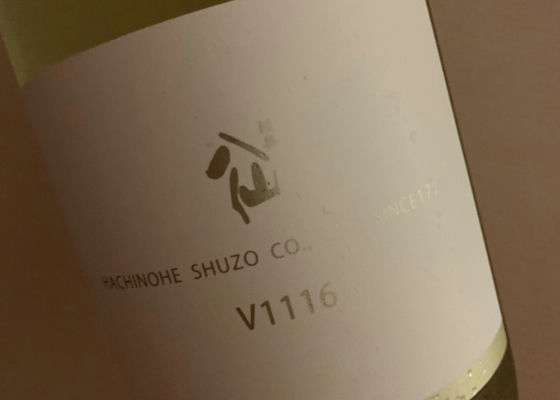
なべ
I thought of a medium-sweet German white, which I've been drinking less and less of lately. A northern brew made with wine yeast. Slightly viscous light green, residual sugar and malolactic acidity that could be considered leggy if it were a wine. If you are snacking on it blind, you will be dazzled by its perfection, even with white wine. The overripe, late harvested grapes catching the sunlight dancing on the surface of the River Rhine make this wine a Riesling, but it doesn't have the characteristic volatile aroma that makes it a Japanese wine. It is not the best with seafood but with cream or light meat dishes.
In the sake market, there are more and more products brewed with various types of yeast to meet the challenge of brewing sake, which is an enjoyable trend for me. The yeast that normally controls the brewing process is the one that is best suited to the climate in which it is brewed, and the evolution and spread of technology to control the brewing environment has enabled various "crosses" to occur. Since sake is brewed by first performing acidic fermentation and then alcoholic fermentation in parallel, is it possible to introduce a variety of yeasts, especially since the acidity can be artificially controlled? Fermentology is totally in the realm of my imagination, but nature and man-made collaboration, interesting!
Japanese>English